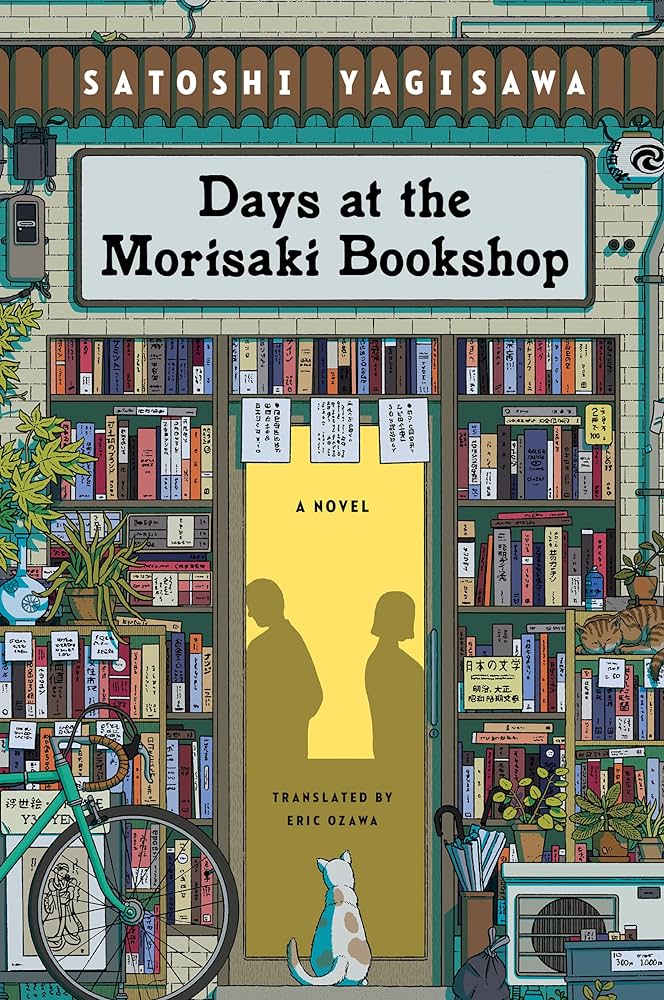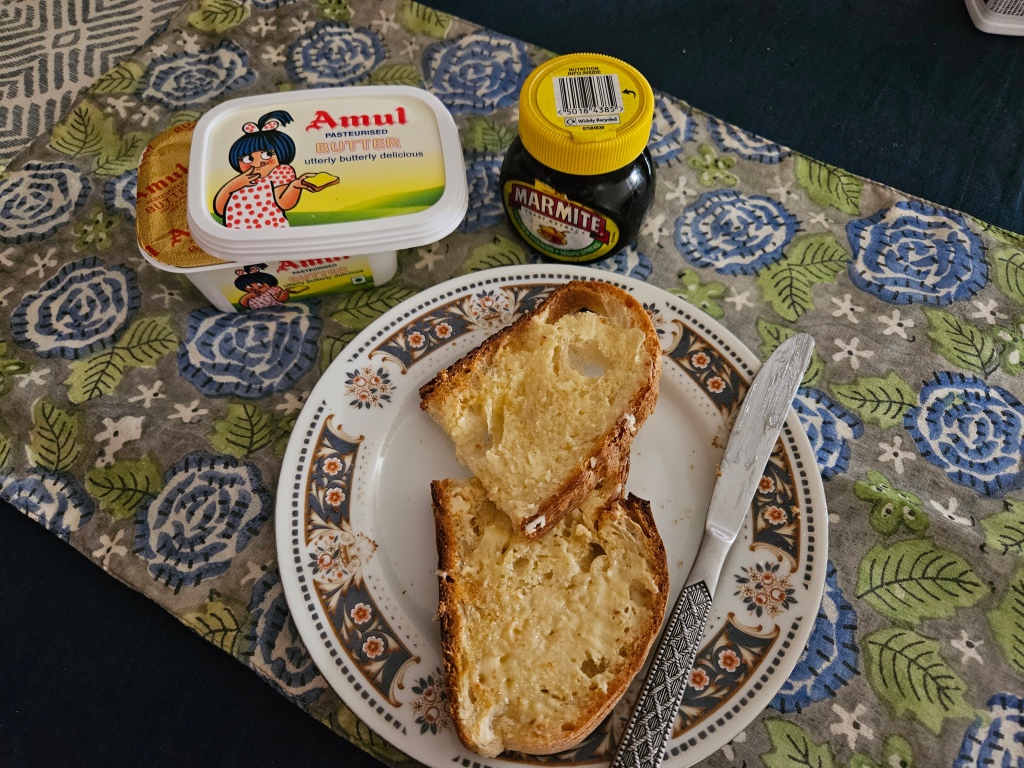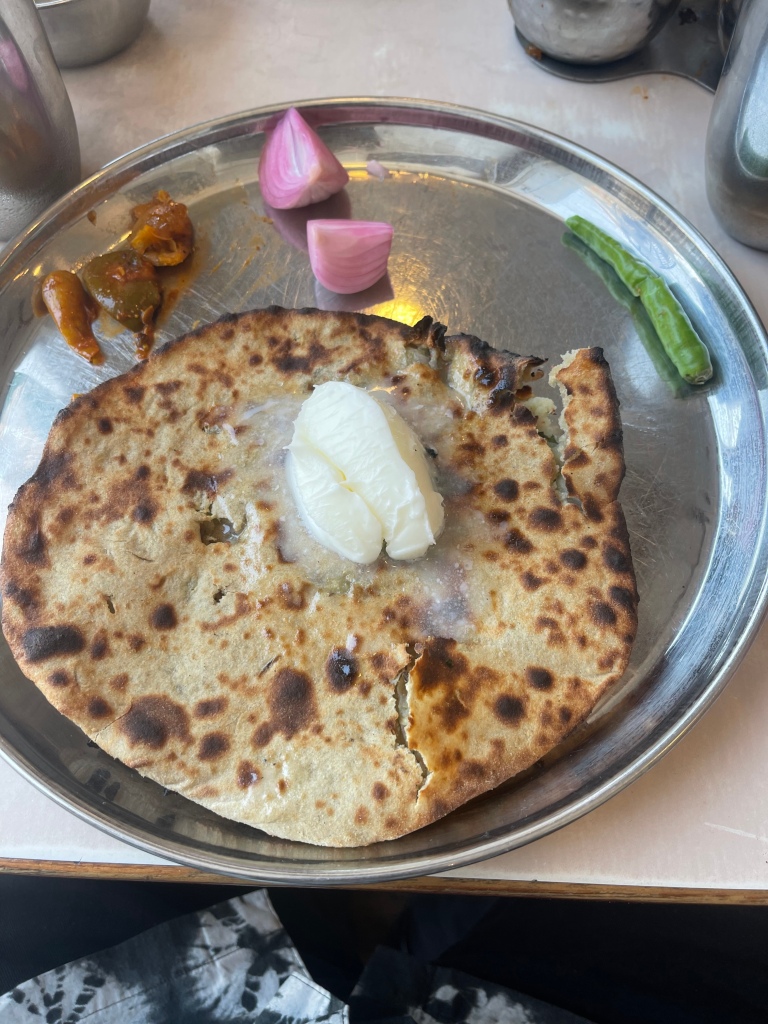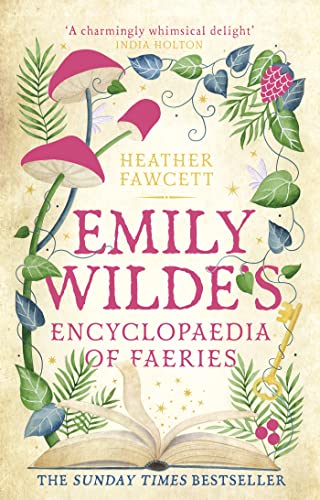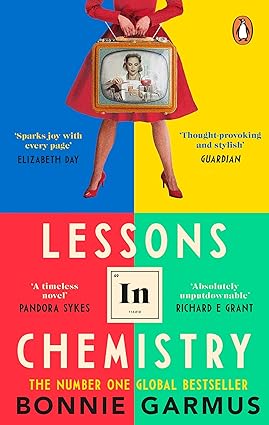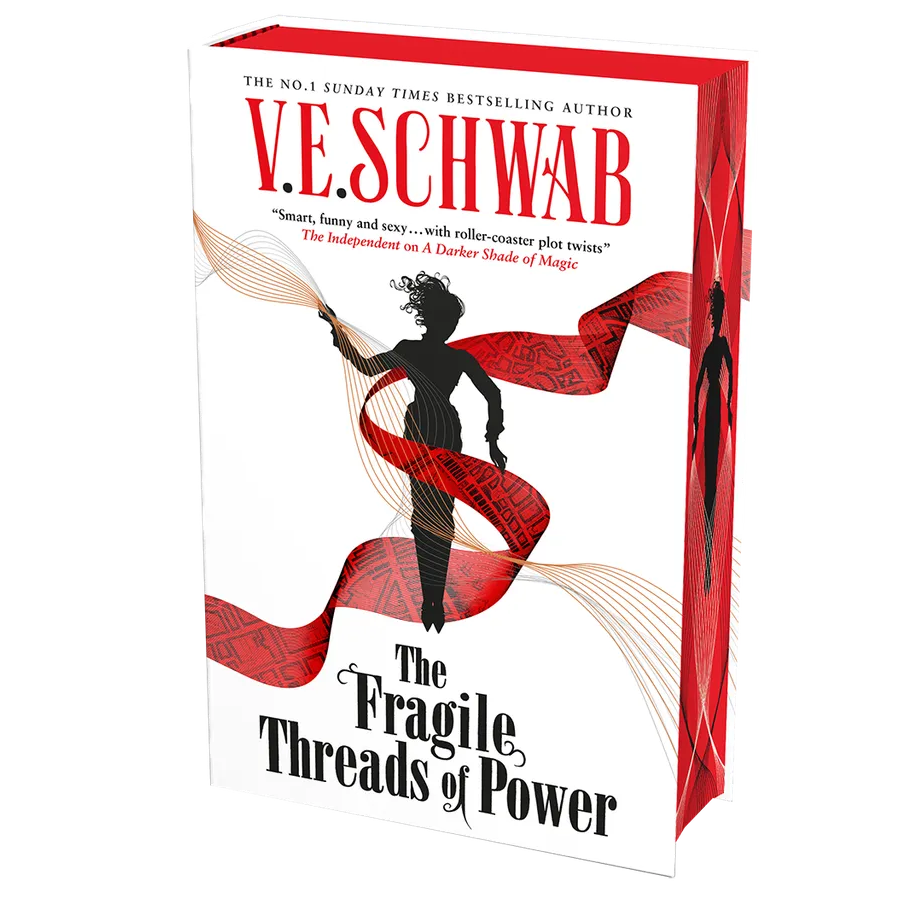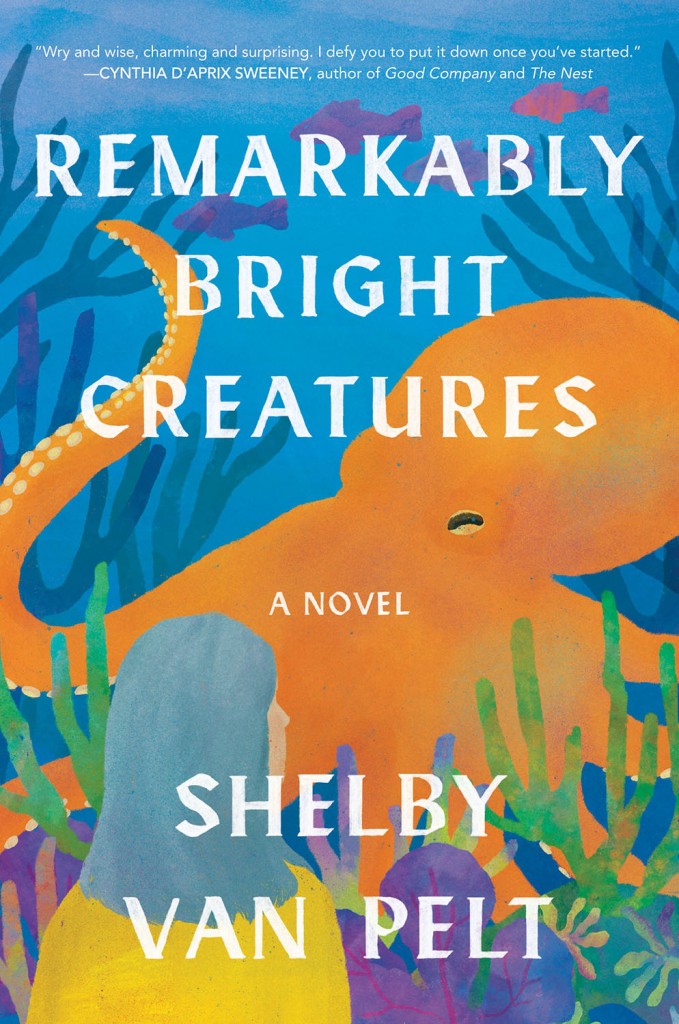When Shakespeare compared his love to a summer’s day, he had no idea what the hell he was talking about. Countries which only have to deal with pretend summers that come along for maybe a week or two, have no business writing poetry about it. Temperate!!! Lovely !!! We do not care if we are considered ‘insane minds’ by Terry Pratchett standards beacause of extra exclamation marks. After all who would remain sane with the kind of heat we have been facing and no rain for more that 150 days! The five measly drops that happened day before yesterday do not even count.
Bangaloreans are making plans to move to Dubai in droves. After all it rains a lot more over there. They had floods! Whereas we are scrimping on water. The reservoirs are dry, the river is dry, the lakes have been converted to concrete forests with towering pigeon holes. And no water! Our dearly beloved government is too busy fining us for washing cars and watering plants instead of digging new lakes and rejuvenating old ones. For heaven’s sake, bring down the pigeon holes and stop indiscriminately sanctioning new ones.
Did everyone really think that the builders’ mafia is stronger than nature? The backlash is now being felt by everyone, including said builders who are probably making plans to buy citizenship to a balmy European country. It’s not just El Nina and El Nino which have become a convenient excuse for the rack and ruin visited upon the city. It is primarily the sheer greed, voraciousness and short sightedness of the people in power which has made a perfect example in Bangalore of how to ruin a good city. A city which was once a stranger to fans cannot now survive without air conditioning.
We have heard that those in the city who are not heading Dubai wards are now heading to Sikkim for it’s gentler weather and mountain views. Does this mean the emptying out of the concrete towers? Will the tech industry shift to the north east? Will the concrete jungle lie as a barren wasteland until it is eaten up by the encroaching green jungle and slender lorises will once again be spotted in Bangalore? It may not happen in our life time but the thought is like a momentary cool breeze and six drops of rain.

